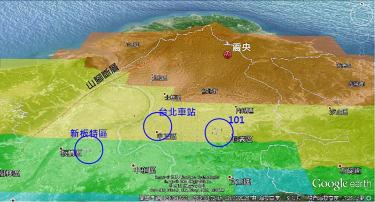..........
Taiwan Hit by Six More Bird Flu Outbreaks
............
| Biological Hazard | Taiwan | Changzhi, Pingtung County |
............
Biological Hazard in Taiwan on December 11 2015 04:45 AM (UTC).
Base data
| EDIS Number | BH-20151211-51211-TWN |
|---|---|
| Event type | Biological Hazard |
| Date/Time | December 11 2015 04:45 AM (UTC) |
| Last update | December 11 2015 04:46 AM (UTC) |
| Cause of event | |
| Damage level | Is not or not known |
Geographic information
| Continent | Asia |
|---|---|
| Country | Taiwan |
| County / State | Pingtung County |
| Area | |
| Settlement | Changzhi |
| Coordinate | 22° 33.119,120° 32.926 |
Biohazard information
| Biohazard level | |
|---|---|
| Biohazard description | |
| Disease, agent name | H5N8 (highly pathogenic avian influenza virus) |
| Infected person(s) | 0 |
| Species | Animal (ducks) |
| Status | confirmed |
| Symptoms |
............
Pingtung
County's animal disease control officials on Thu 10 Dec 2015 culled
8881 ducks after the highly pathogenic bird flu virus H5N8 was found to
have infected ducks on a poultry farm in Changzhi Township, officials
said. County officials said the farm operator kept the birds in a closed
environment in violation of the law and they decided to issue a fine on
the owner in accordance with the act governing the prevention of animal
infectious diseases. To reduce the risk of spreading virus, local
health authorities have worked with the farm owner in disinfecting the
area and launched monitoring and sampling of poultry within a 1 km about
0.6 mile radius from the infected farm, said the officials.
..........

Taiwan Hit by Six More Bird Flu Outbreaks
11 December 2015There were four outbreaks of the H5N2 serotype in Pingtung and Hualien counties (see image above). Just over 14,000 birds were destroyed to try and prevent these outbreaks from spreading.
The premises affected included a duck farm, a chicken farm, and chickens in two abattoirs. The cases were discovered after abnormal mortality levels.
Read More Here
...........
............


















